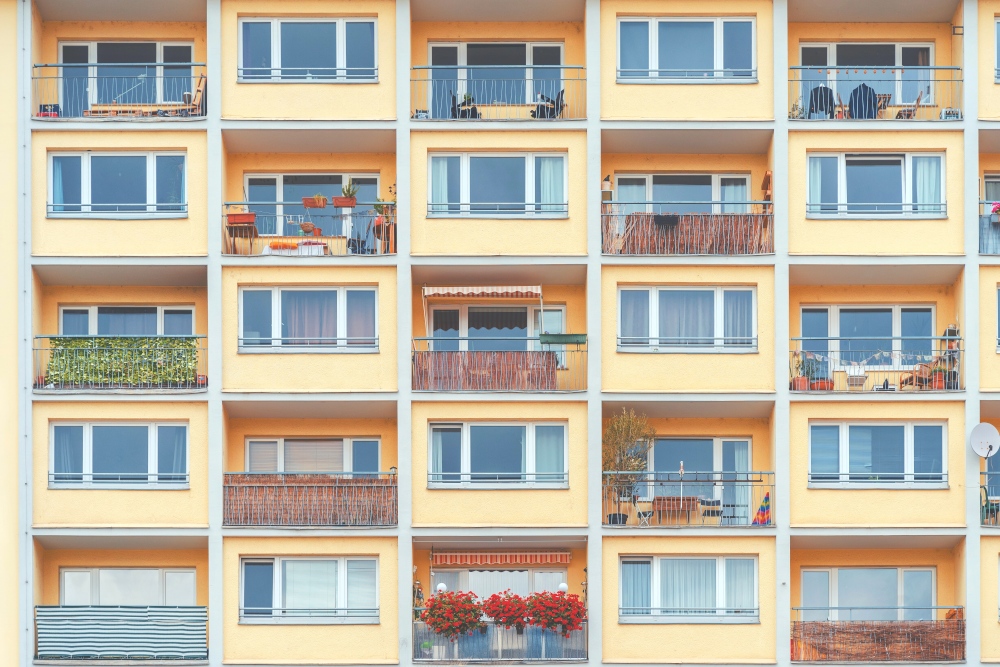Themenbeitrag

Germany's building stock is expected to be almost climate-neutral by 2050. To date the road to that goal has been very costly – and not successful enough. Now the GdW and the Economic Council are calling for a paradigm shift on the Federal Government's part.
In line with the Paris climate agreement the Federal Government has set itself ambitious targets, one of which is almost climate-neutral stock of buildings by 2050. However it is already becoming clear that, despite high levels of investment, the existing instruments and measures are not sufficient to meet this target. Currently, levels of energy consumption for heating, hot water and so forth are stagnating. Particularly worrying is the fact that emissions in the building sector were in fact slightly higher in 2019 than in 2018. Buildings account for about one third of the nation's greenhouse gas emissions, making them a key factor in achieving climate goals.
In a joint “Ten-point plan for a socially acceptable energy policy in the building sector”, the leading association of the housing industry (GdW ) and the CDU Economic Council are now calling for an energy policy paradigm shift in the building sector. The GdW insists that expensive energy refurbishments and insulation are not the only way, especially since they also represent a considerable additional burden for tenants. They argue that what we need is decentralised, low carbon energy generation combined with better building technology. According to calculations by the GdW and the Economic Council, up to 2050 investments amounting to ten billion euros per year will be necessary in the rental housing sector alone. To facilitate the greatest possible energy saving effect per euro invested, Germany will have to adopt a different approach to financing energy refurbishment. On the one hand climate protection must be affordable for tenants, and on the other hand investments by owners must also remain profitable.
The 10-point plan identifies the energy transition as a key building block for climate protection, including in the building sector. A communication network linking generation, consumption and the power grid is necessary for a successful energy transition. This is to be implemented via the digitisation of the energy transition by means of the smart meter rollout, involving the replacement of conventional electricity meters with intelligent measuring systems. That way power generators and consumers will be intelligently interlinked and will communicate digitally. This enables, for example, the integration of the fluctuating energy generated by wind turbines, optimum load distribution in the electricity grid and simplified energy feed-in from private photovoltaic installations. The main component of intelligent measuring systems and digital communication centres in buildings is the Smart Meter Gateway (SMGW). The SMGW allows digital electricity meters to communicate in a highly secure manner and transforms modern metering devices into an intelligent metering system. As well as providing electricity consumption readings from the building, the SMGW will also transmit consumption information regarding heating and water. This makes it the communication centre for an intelligent power grid and also the starting point for a wide range of digital applications within the building – and thus the key to achieving the building sector's climate goals at an affordable price.